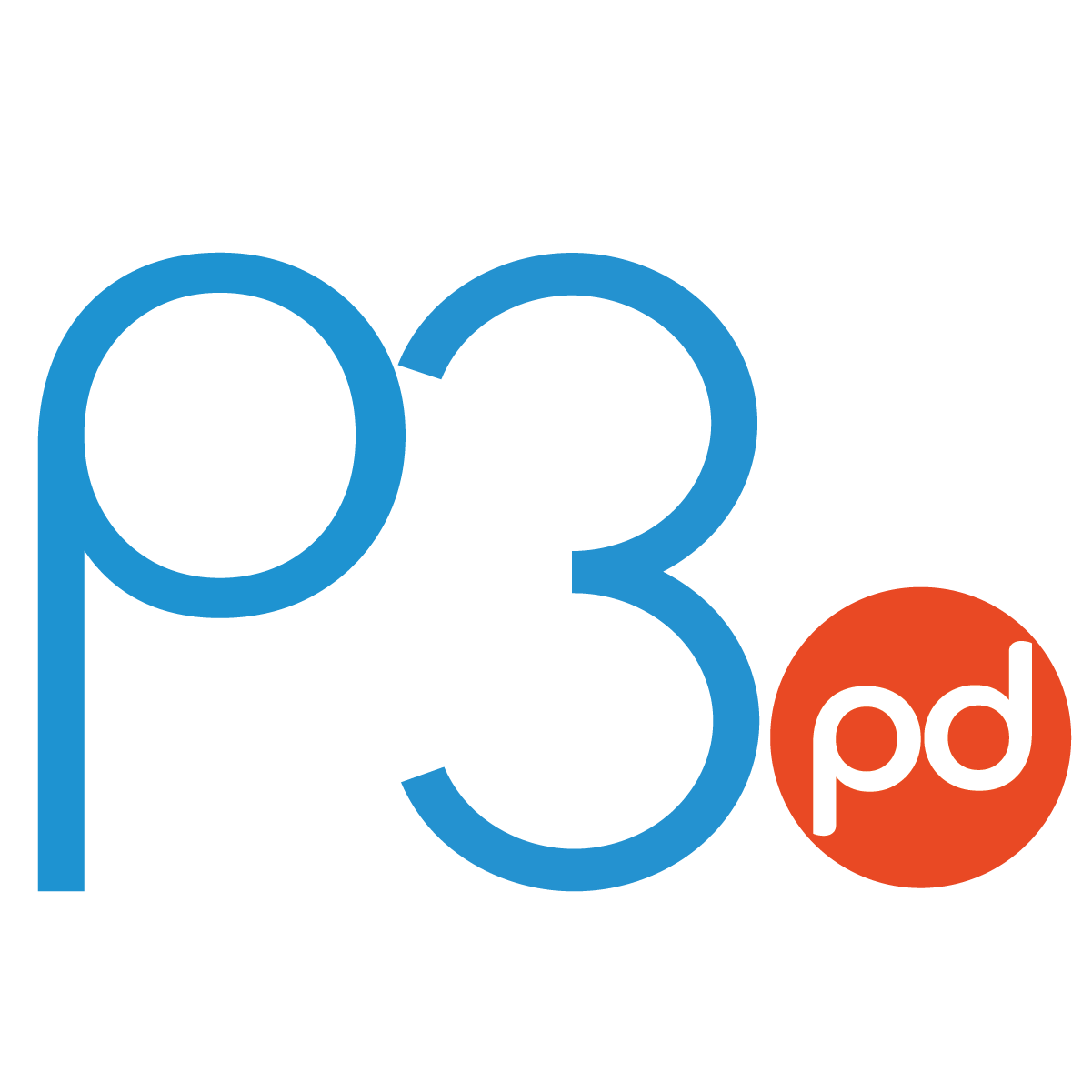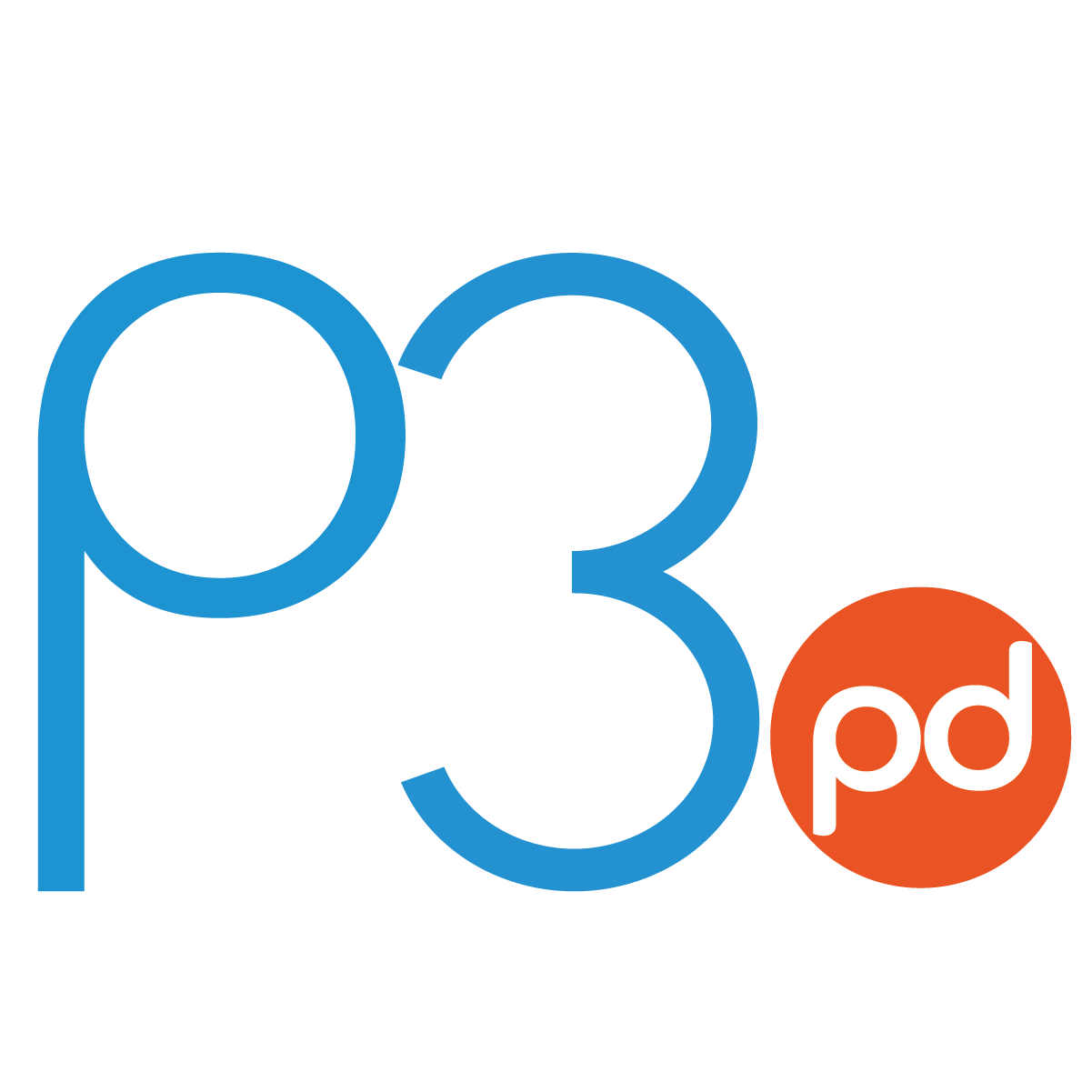Navigating the Innovation Frontier: The Agile Methodology in Biotechnology and Medical Device Development
In the dynamic and rapidly evolving landscape of biotechnology and medical device development, the Agile methodology has emerged as a transformative approach to navigate the complexities inherent in bringing innovative products to market. This article explores the principles of Agile methodology and how it is strategically employed in the context of developing biotechnologies and medical devices, where adaptability, collaboration, and rapid iteration are paramount.
Understanding Agile Methodology
At its core, Agile is a project management and product development approach that prioritizes flexibility, collaboration, and responsiveness to change. Unlike traditional Waterfall methods, which follow a linear and sequential process, Agile embraces an iterative and incremental approach. It emphasizes adaptive planning, continuous feedback, and the delivery of functional, high-quality products in short cycles known as iterations or sprints.
Agile in the Biotechnology Landscape
Biotechnology is synonymous with innovation, and the Agile methodology aligns seamlessly with the iterative nature of biotechnological advancements. In biotech research and development, Agile allows teams to respond swiftly to emerging insights, changing requirements, and advancements in scientific understanding. This flexibility is particularly crucial in fields such as genomics, where breakthroughs can occur rapidly, necessitating quick adjustments to research and development strategies.
Agile in Medical Device Development
The medical device industry faces stringent regulatory requirements, making adaptability and responsiveness essential in navigating the complex path from concept to market. Agile offers a structured yet flexible framework that accommodates the iterative nature of prototyping, testing, and regulatory compliance. This iterative approach facilitates a continuous feedback loop with end-users, ensuring that devices meet evolving clinical needs and safety standards.
Key Principles of Agile in Biotech and Medical Devices
Cross-functional Collaboration - Agile promotes close collaboration among interdisciplinary teams, including scientists, engineers, clinicians, and regulatory experts. This cross-functional collaboration fosters a holistic understanding of project requirements and accelerates decision-making processes.
Iterative Prototyping - Biotech and medical device development often involve complex technologies. Agile's iterative prototyping allows for the creation of functional prototypes at various stages, enabling rapid testing, refinement, and integration of user feedback into subsequent iterations.
Adaptive Planning - Agile embraces change as a natural part of the development process. In biotech and medical devices, where research findings or regulatory requirements may evolve, Agile's adaptive planning ensures that teams can pivot quickly without compromising project timelines.
Continuous Feedback - Regular and continuous feedback loops are central to Agile. In the context of biotechnologies and medical devices, this feedback involves engagement with end-users, regulatory agencies, and stakeholders. It ensures that the final product aligns closely with user needs and complies with regulatory standards.
Accelerating Time to Market and Innovation
Agile's emphasis on iterative development, continuous feedback, and adaptability contributes significantly to accelerating time to market for biotechnologies and medical devices. By fostering a collaborative and transparent environment, Agile enables teams to respond promptly to emerging opportunities or challenges, ultimately driving innovation in these rapidly evolving fields.
Overcoming Challenges
While Agile offers numerous advantages, it is not without its challenges, particularly in highly regulated industries. Striking a balance between agility and regulatory compliance requires careful planning and communication. However, many organizations in biotechnology and medical device development have successfully implemented Agile practices by integrating regulatory considerations into their iterative development cycles.
All together, the Agile methodology has proven to be a game-changer in the realm of biotechnology and medical device development. Its adaptive, iterative, and collaborative nature aligns seamlessly with the dynamic challenges and opportunities presented by these innovative fields. As biotechnological breakthroughs and medical advancements continue to reshape the landscape, Agile provides a strategic framework for navigating the complex journey from concept to realization, ensuring that the products developed are not only innovative but also responsive to the evolving needs of end-users and regulatory standards.
Interested in partnering with Phase Three to bring your bold idea to life? Reach out to use through our contact form here.


